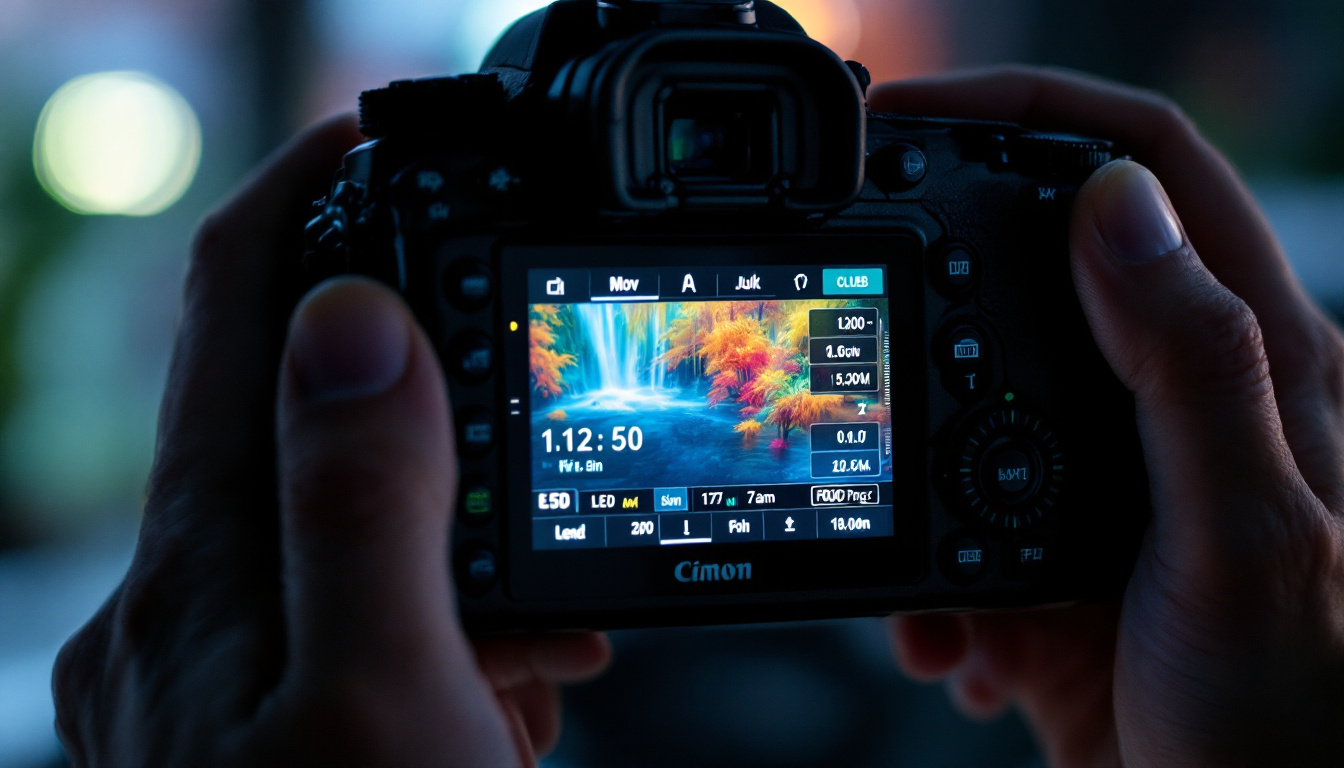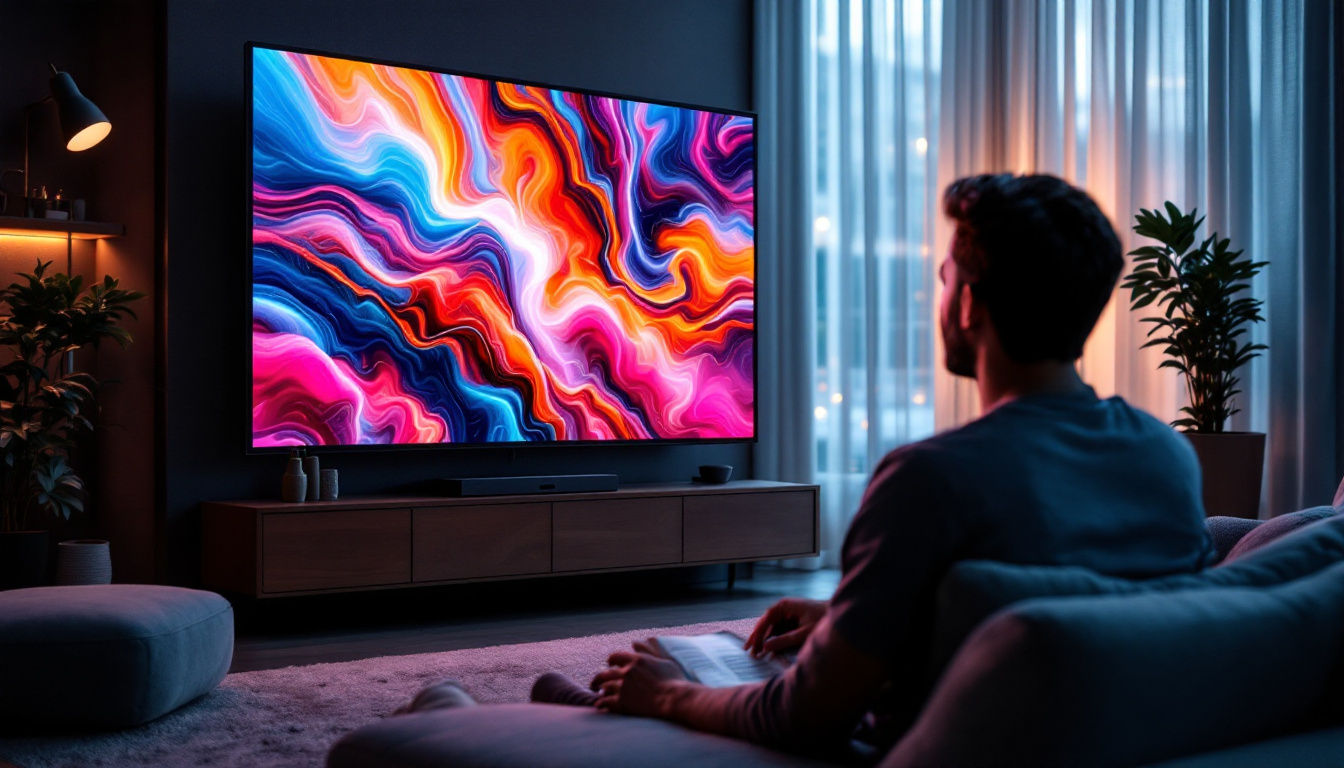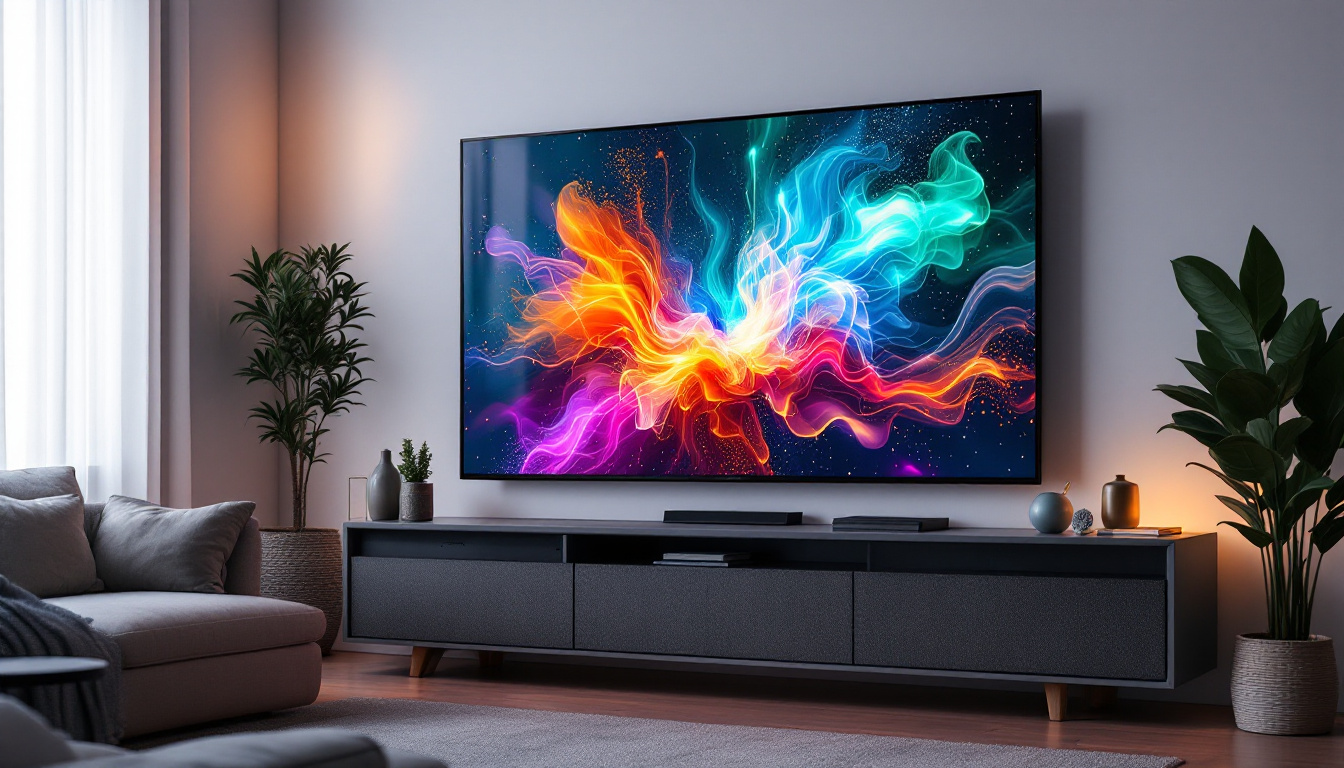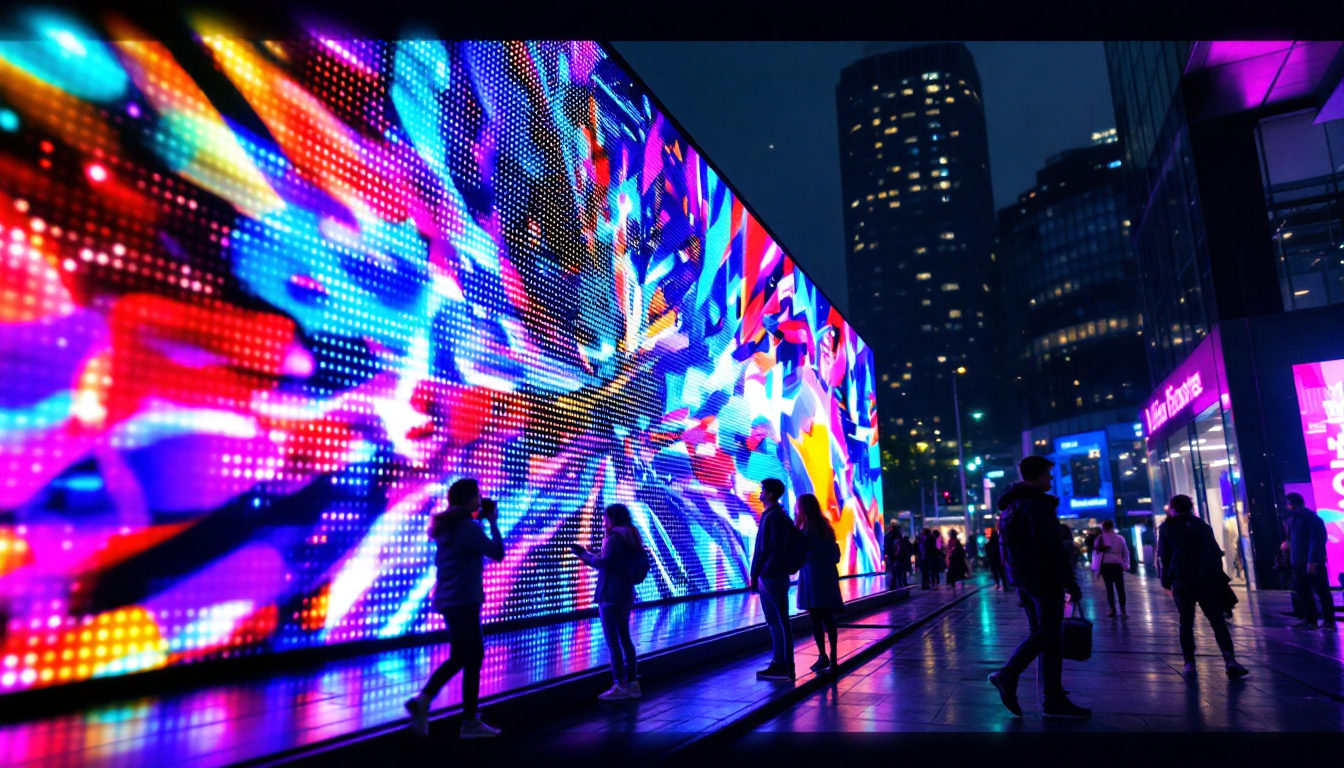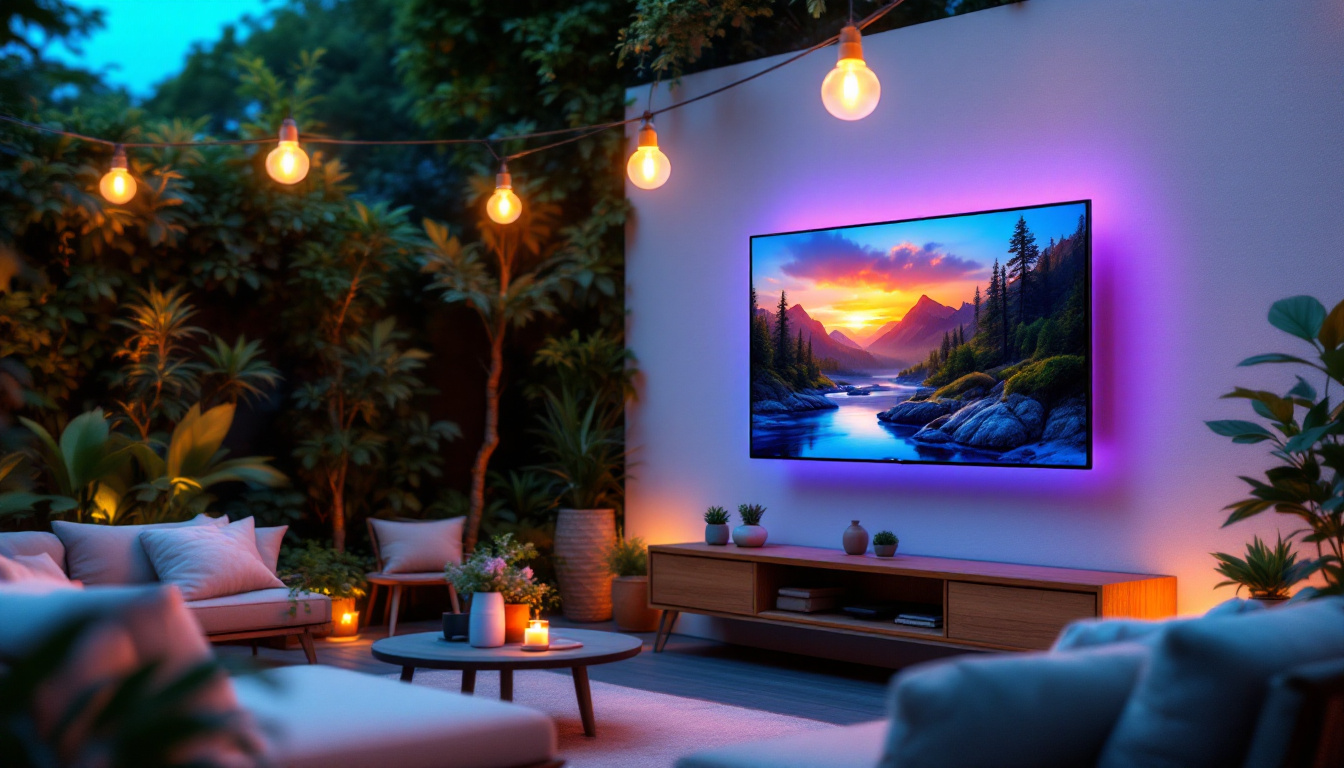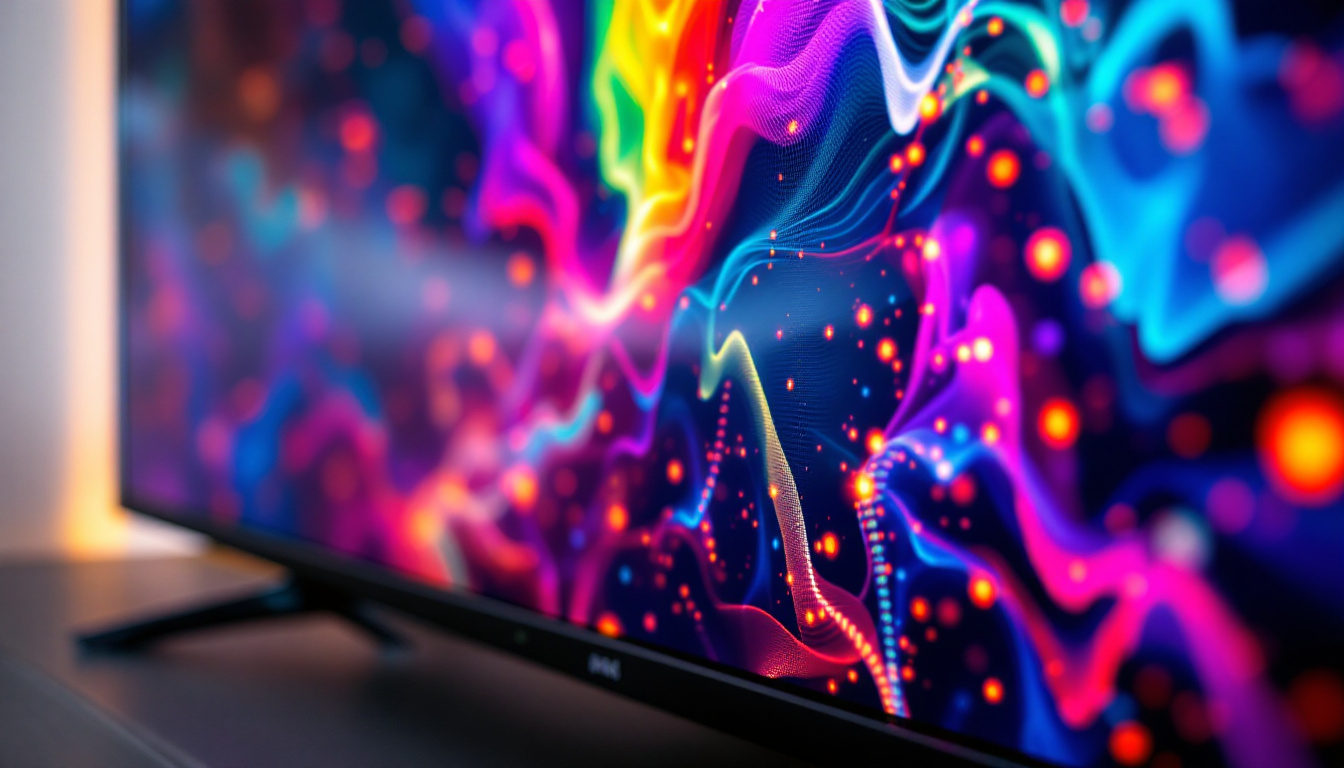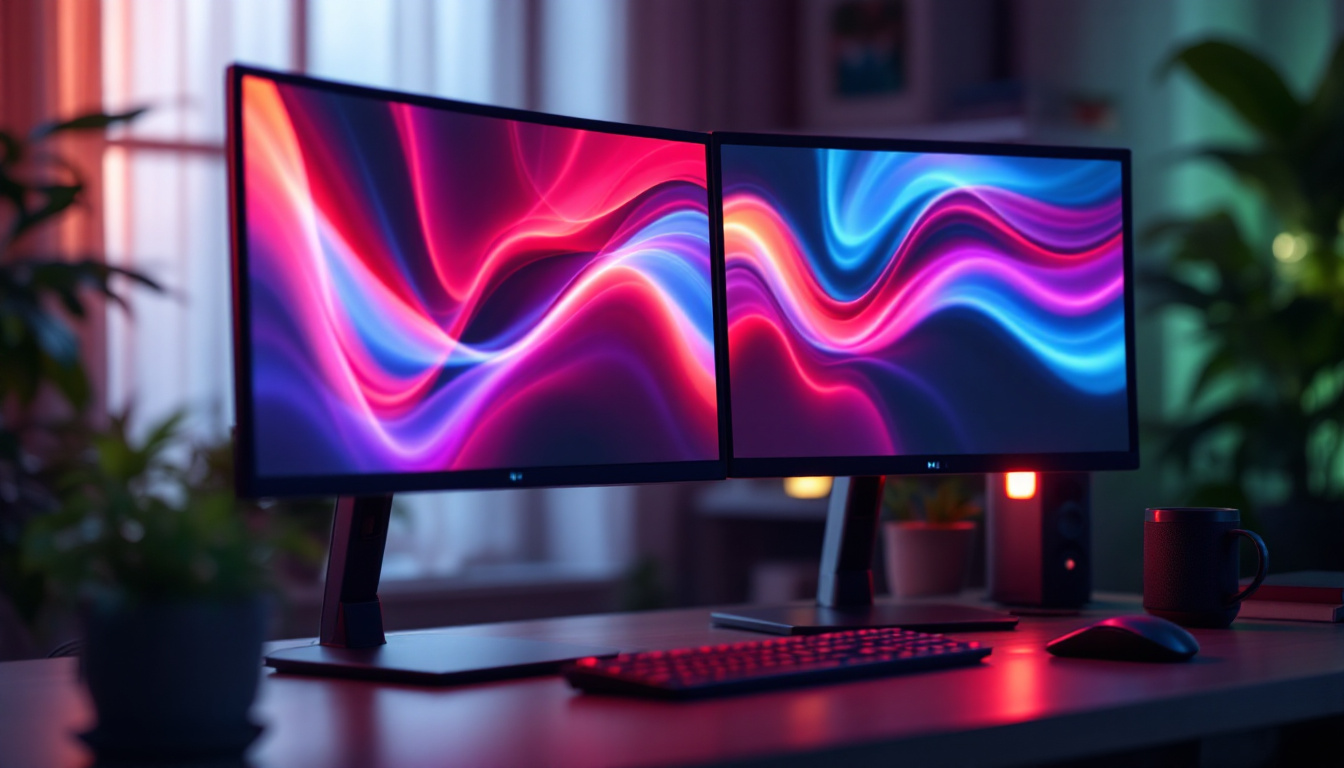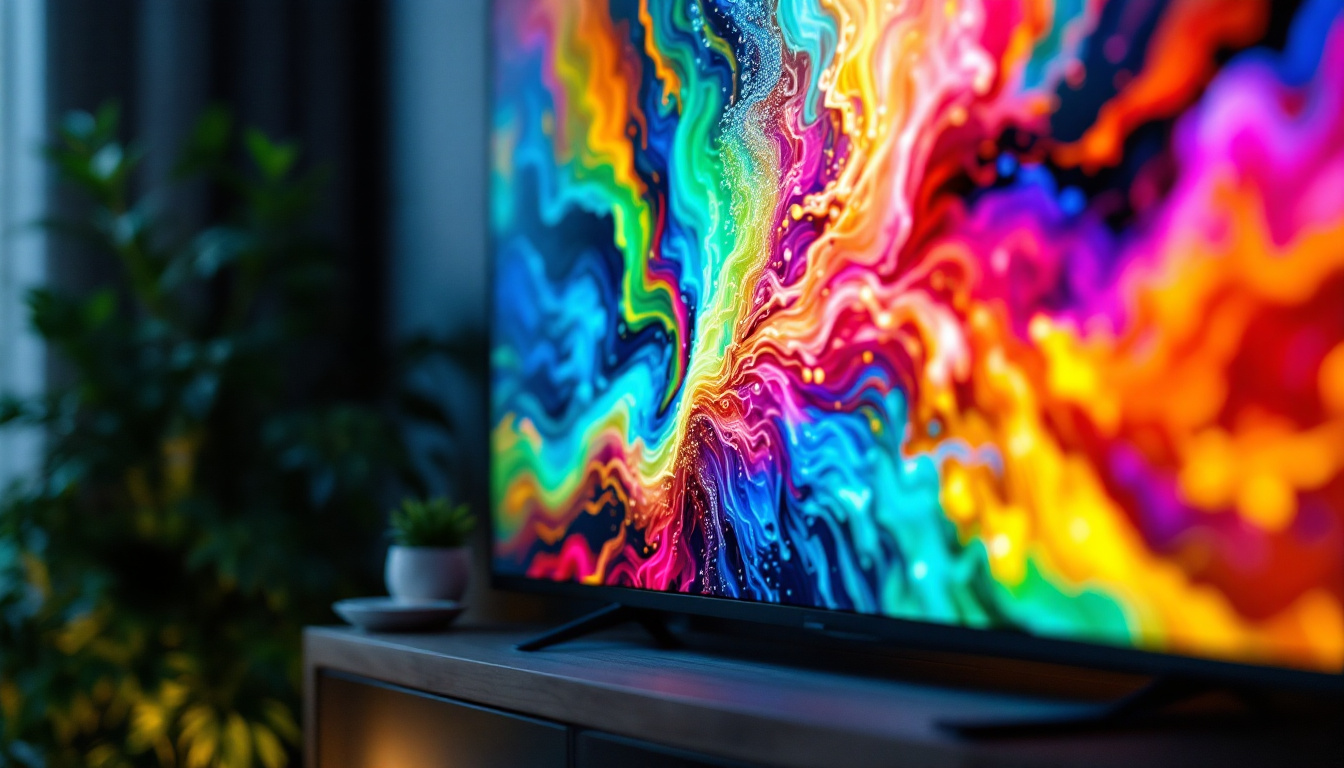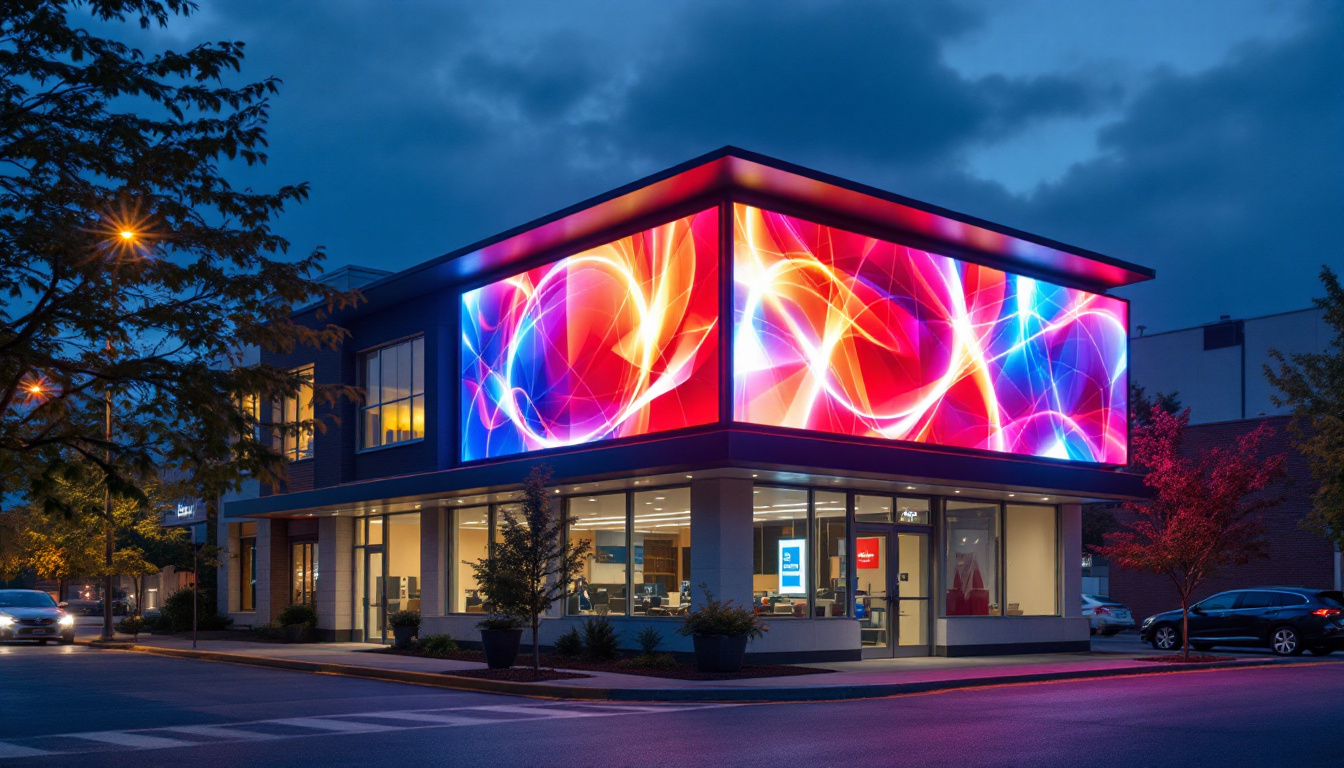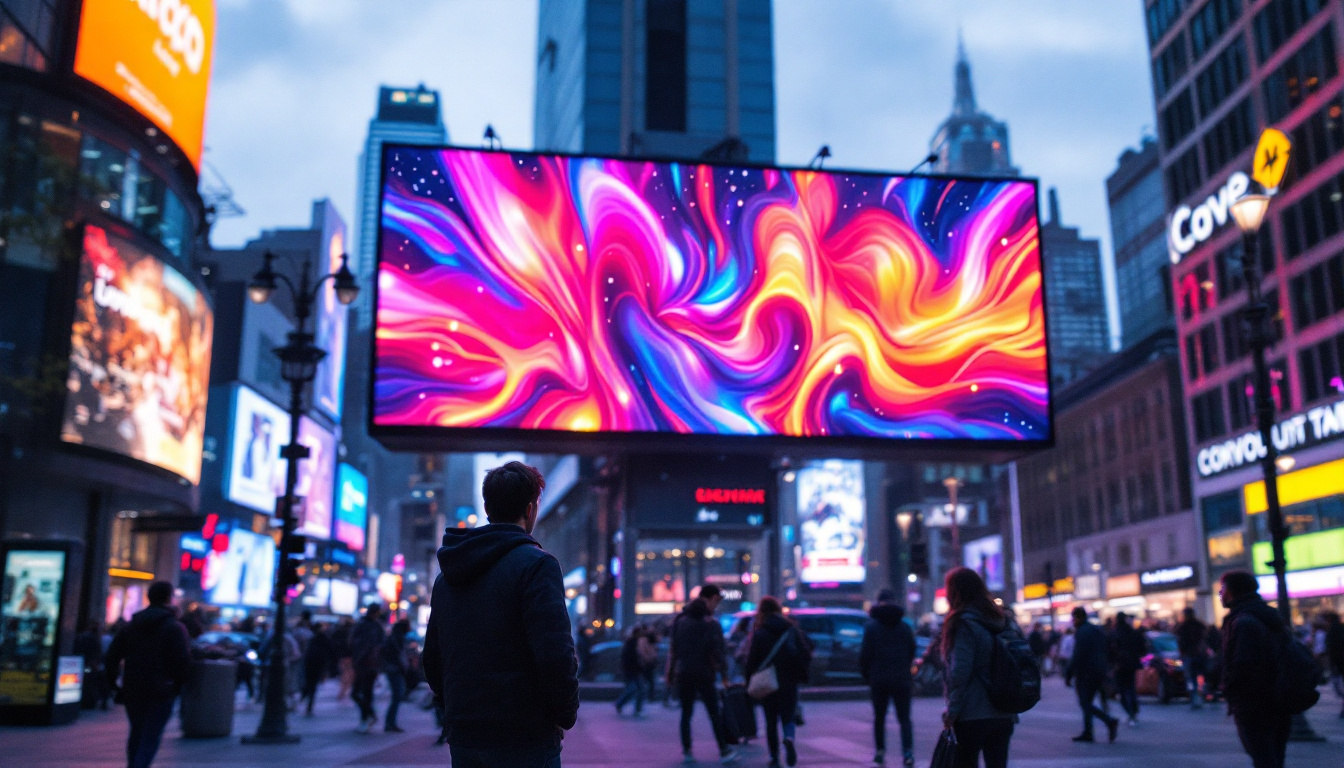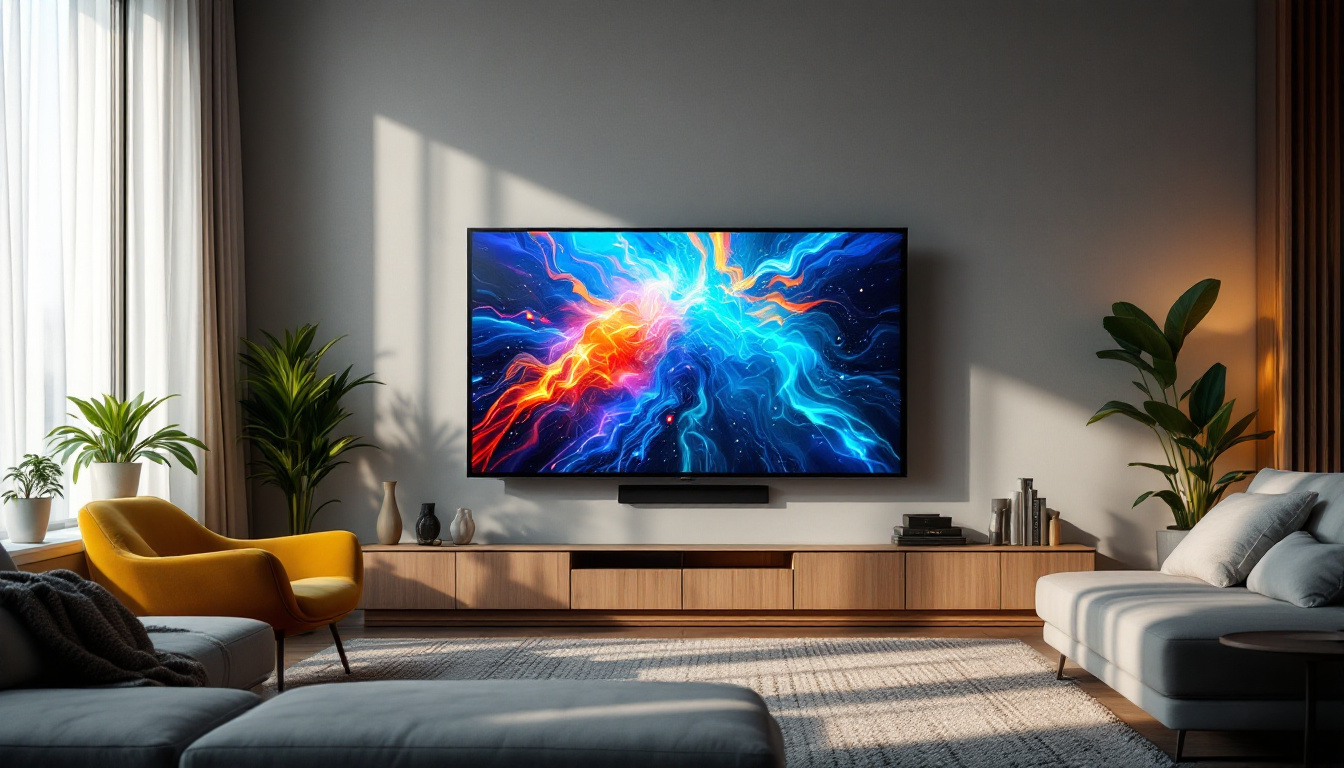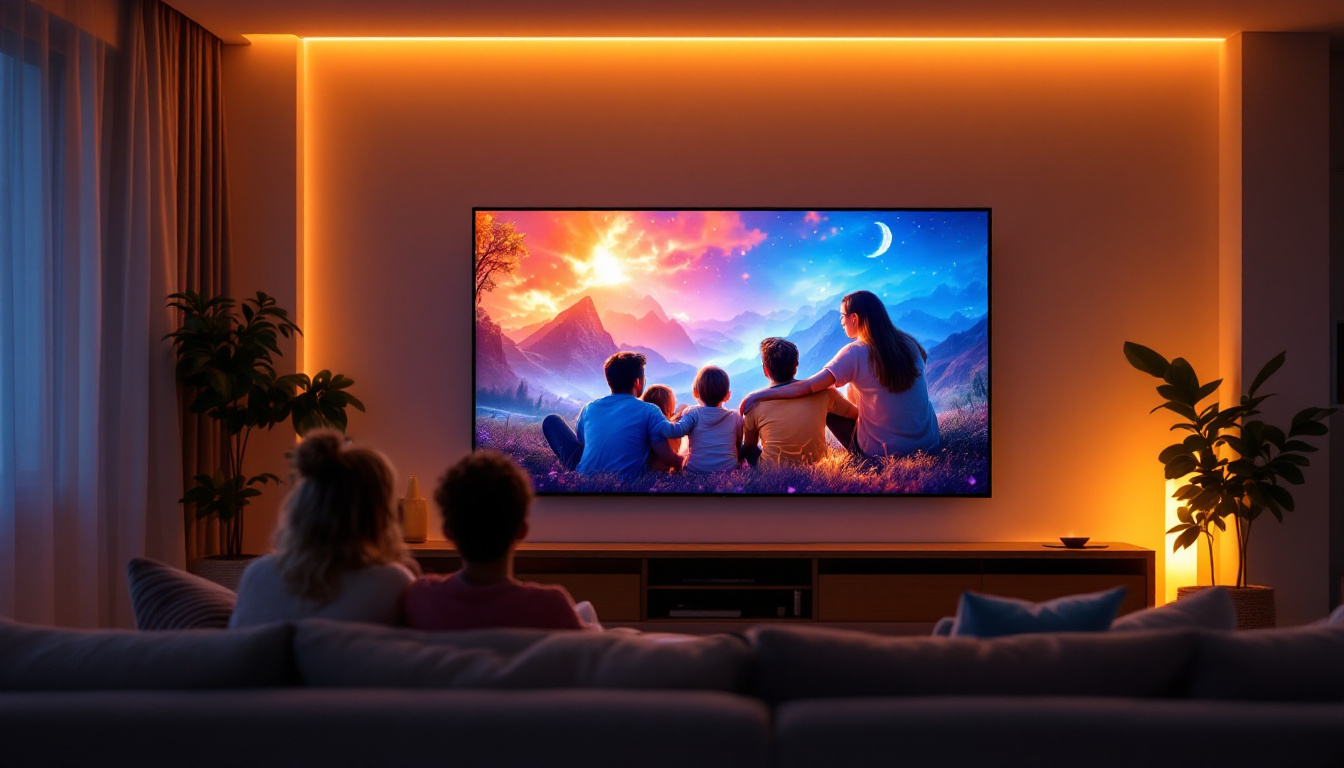In the realm of photography and videography, the tools and technologies used can significantly impact the quality of the final product. One of the most crucial components of modern cameras is the display screen, particularly those utilizing LCD and LED technology. Understanding how these displays function and their advantages can enhance the user experience and improve the overall outcome of visual projects.
Understanding LCD Technology
Liquid Crystal Display (LCD) technology has revolutionized the way images are displayed on cameras. Originally developed in the 1960s, LCDs have become ubiquitous in various electronic devices, including smartphones, televisions, and, of course, cameras. The primary function of an LCD screen is to provide a clear and vibrant view of the subject being captured. Over the years, advancements in LCD technology have led to the development of various types, such as TFT (Thin Film Transistor) and IPS (In-Plane Switching) displays, each offering unique benefits that cater to different user needs and preferences.
How LCD Works
At its core, an LCD screen consists of a liquid crystal solution sandwiched between two layers of glass or plastic. When an electric current passes through the liquid crystals, they align in a way that either allows or blocks light from passing through. This manipulation of light creates the images seen on the display. The backlight, typically composed of LEDs, illuminates the screen, ensuring that the images are bright and visible even in low-light conditions. Moreover, the resolution of the LCD screen can vary significantly, with higher pixel densities providing sharper images, which is particularly beneficial for detailed photography work where clarity is paramount.
Benefits of LCD Displays
One of the most significant advantages of LCD displays in cameras is their ability to produce high-resolution images with excellent color accuracy. This is particularly important for photographers who rely on precise color representation for their work. Additionally, LCD screens are energy-efficient, allowing for longer battery life, which is essential during extended shooting sessions. Furthermore, many modern LCDs come equipped with touch-sensitive technology, enabling users to interact with their cameras more intuitively. This feature allows for quick adjustments to settings, making it easier to capture the perfect shot on the fly, especially in dynamic shooting environments.
Limitations of LCD Technology
Despite their many benefits, LCD displays do have some limitations. One notable drawback is their performance in direct sunlight. Glare can significantly hinder visibility, making it challenging to frame shots accurately. To combat this, many manufacturers have developed anti-glare coatings and brighter backlighting systems, but these solutions can only partially mitigate the issue. Furthermore, while LCDs are generally durable, they can be susceptible to damage from impacts or extreme temperatures, which can be a concern for outdoor photographers. In addition, the response time of LCD screens can be slower compared to other display technologies like OLED, which may lead to motion blur in fast-paced shooting scenarios, potentially affecting the quality of action shots.
The Rise of LED Displays
Light Emitting Diode (LED) technology has emerged as a powerful alternative to traditional LCD displays. While the terms LCD and LED are often used interchangeably, it is essential to understand that LED refers to the backlighting technology used in many modern LCD screens. However, LED displays can also refer to screens that use LEDs as their primary display technology, offering several advantages over conventional LCDs.
How LED Displays Function
LED displays utilize a matrix of tiny light-emitting diodes to create images. Each diode can emit various colors of light, allowing for a broader color spectrum and improved brightness compared to traditional LCDs. This technology enables LED displays to produce more vivid images and deeper blacks, enhancing the overall viewing experience. Moreover, the arrangement of these diodes can vary, with some displays using full-array local dimming to enhance contrast ratios further. This technique allows specific areas of the screen to dim or brighten independently, resulting in stunning visuals that are particularly impressive in dark scenes.
Advantages of LED Displays
One of the most significant advantages of LED displays is their superior brightness. This feature makes them particularly effective in outdoor environments where lighting conditions can be challenging. Additionally, LED displays typically have faster refresh rates, which can be beneficial for capturing fast-moving subjects in photography and videography. The energy efficiency of LED technology is another noteworthy benefit; these displays consume less power than traditional LCDs, making them more environmentally friendly and cost-effective over time. This efficiency also contributes to less heat generation, which can prolong the lifespan of the device and improve user comfort during extended viewing sessions.
Considerations When Choosing LED Displays
While LED displays offer numerous benefits, they are not without their considerations. The cost of LED technology can be higher than that of traditional LCDs, which may be a factor for budget-conscious consumers. Furthermore, while LED displays are generally more durable, they can still be prone to issues such as color uniformity and potential burn-in, especially when displaying static images for extended periods. It’s also important to consider the viewing angles; while many LED displays have improved in this area, some models may still exhibit color distortion when viewed from extreme angles. Therefore, consumers should evaluate their specific needs and viewing environments to choose the right display technology that best suits their requirements.
Comparing LCD and LED Displays in Cameras
When choosing between LCD and LED displays for cameras, it is essential to consider various factors, including usage, environment, and budget. Both technologies have unique advantages and disadvantages that can influence the decision-making process.
Brightness and Visibility
Brightness is a crucial factor for photographers and videographers, particularly when working in bright outdoor settings. LED displays typically outperform LCDs in this regard, offering better visibility under direct sunlight. For those who often shoot in varying lighting conditions, an LED display may be the more practical choice.
Color Accuracy and Quality
Color accuracy is vital for professionals who need to ensure that their images reflect true-to-life colors. While both LCD and LED displays can provide excellent color reproduction, high-quality LCDs can still compete effectively. It is essential to evaluate individual models, as the quality of the display can vary significantly between brands and types.
Durability and Longevity
Durability is another critical consideration, especially for photographers who frequently work in rugged environments. While both LCD and LED displays can be susceptible to damage, LED displays tend to have a slight edge in terms of longevity due to their robust construction. However, proper care and handling are essential for maximizing the lifespan of any camera display.
Future Trends in Display Technology
As technology continues to evolve, the future of camera displays looks promising. Innovations in display technology are paving the way for even more advanced features and capabilities, enhancing the user experience for photographers and videographers alike.
OLED Displays
Organic Light Emitting Diode (OLED) technology is gaining traction as a potential successor to both LCD and LED displays. OLED displays offer several advantages, including superior color accuracy, faster response times, and the ability to produce true blacks by turning off individual pixels. This technology could revolutionize how images are displayed on cameras, providing an unparalleled viewing experience.
Touchscreen Integration
Another trend in display technology is the integration of touchscreen capabilities. Touchscreen displays allow for more intuitive navigation and control over camera settings, making it easier for users to adjust parameters quickly. This feature is particularly beneficial for videographers who need to make adjustments on the fly.
Enhanced Resolution
As camera technology advances, so too does the resolution of display screens. Higher resolution displays enable users to view images with greater detail, making it easier to assess focus and composition. As manufacturers continue to push the boundaries of display technology, users can expect to see even more impressive advancements in the future.
Practical Tips for Using Camera Displays
Maximizing the effectiveness of camera displays requires understanding how to use them properly. Here are some practical tips to enhance the user experience and ensure optimal performance.
Adjusting Brightness Settings
One of the simplest yet most effective ways to improve visibility is by adjusting the brightness settings of the display. Many cameras allow users to customize brightness levels based on the shooting environment. Increasing brightness in bright conditions can help reduce glare and improve visibility, while decreasing it in low-light situations can conserve battery life.
Utilizing Screen Protectors
To protect the display from scratches and damage, consider investing in a high-quality screen protector. These protectors can safeguard against impacts and abrasions, ensuring that the display remains clear and functional for years to come. Additionally, cleaning the screen regularly with a microfiber cloth can help maintain image clarity.
Experimenting with Display Modes
Many modern cameras offer various display modes, including grid overlays and histogram views. Experimenting with these modes can provide valuable insights into composition and exposure, helping photographers make more informed decisions while shooting. Familiarizing oneself with these features can enhance the overall shooting experience.
Conclusion
The evolution of display technology in cameras has significantly impacted the way photographers and videographers capture and review their work. Understanding the differences between LCD and LED displays, along with their respective advantages and limitations, can empower users to make informed decisions when selecting a camera. As technology continues to advance, the future of camera displays promises even more exciting developments, ensuring that creators have the tools they need to produce stunning visual content.
Discover the Future of Visual Technology with LumenMatrix
Ready to elevate your visual content with the latest in display innovation? LumenMatrix is at the forefront of LED display technology, offering a wide array of solutions that transform any space into a dynamic visual experience. Whether you’re looking for an Indoor LED Wall Display to captivate your audience, an Outdoor LED Wall Display to withstand the elements, or specialized options like Vehicle, Sports, or Floor LED Displays, LumenMatrix has you covered. Our mission is to revolutionize visual communication, providing you with digital signage and LED displays that not only enhance engagement but also empower your brand to make a lasting impression. Don’t miss out on the opportunity to create unforgettable visuals. Check out LumenMatrix LED Display Solutions today and see your creative vision come to life.

